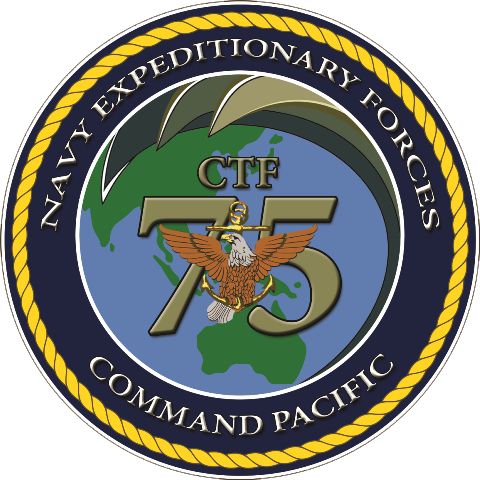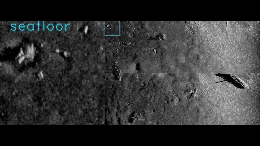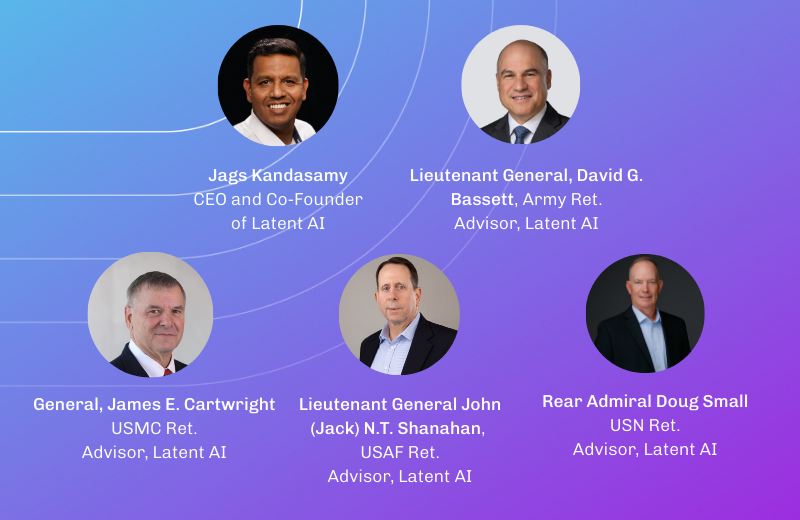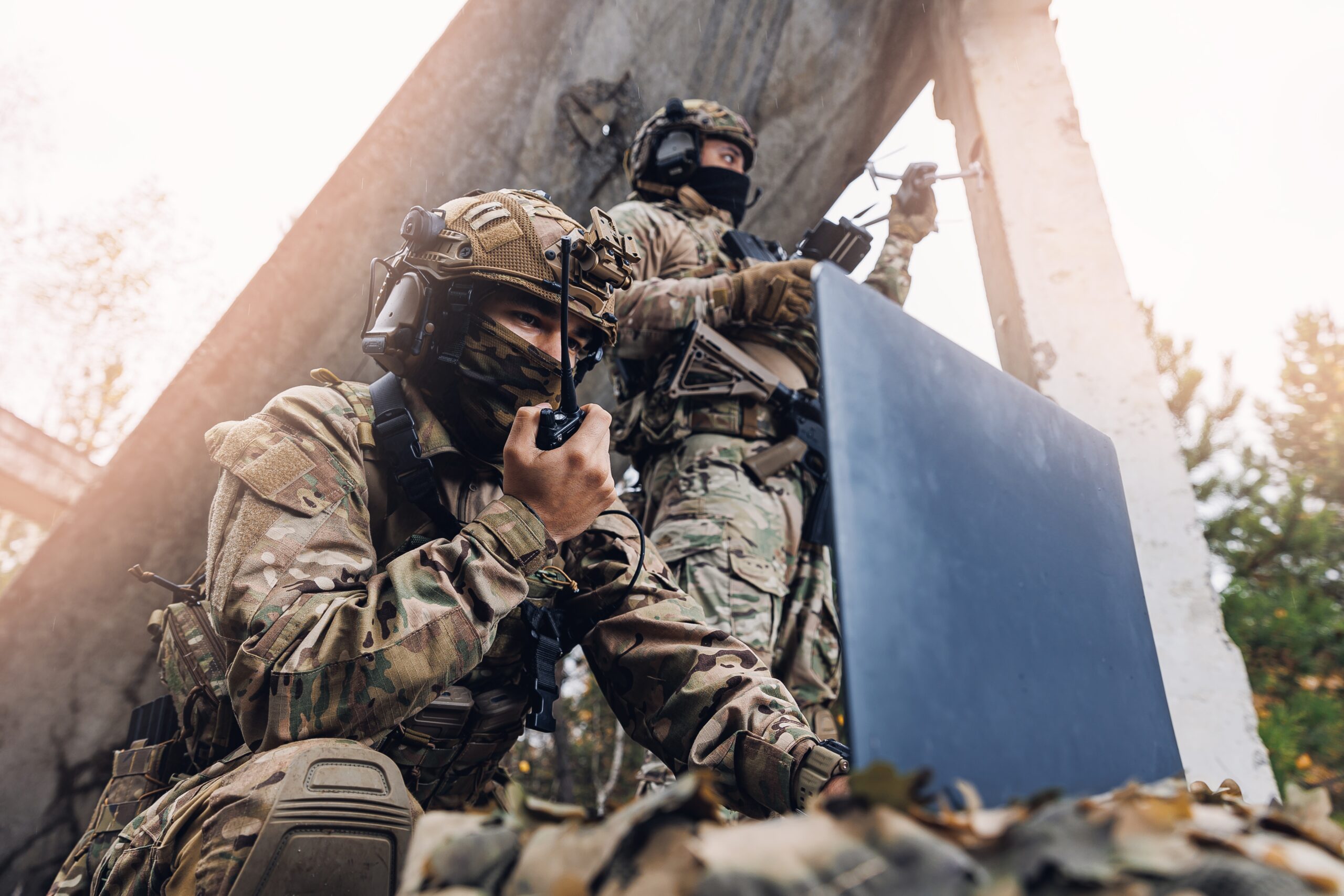Developers
Case Study
Latent AI reduces model update time from months to days
Streamlining AI for the Navy’s Project AMMO

“We demonstrated the ability to deploy and update our automatic target recognition models at the speed of operational relevance while simultaneously remaining confident in their performance.”
Commodore Shaun Lieb,
Commander

20%
Power savings after optimization for target hardware.
18x
Reduction in model update time.
4x
Faster inference speed.
The challenge
Previously, clearing commercial shipping zones or contested waters was an uphill task for the Navy, relying on human expertise and machine power. Unmanned underwater vehicles (UUVs) equipped with computer vision AI scanned the ocean floor and transmitted images back to sailors. These images required painstaking analysis to differentiate between harmless objects like fishing traps and potentially dangerous enemy explosives. The process of retraining and updating models with new data for the UUVs could take up to six months.
“The bottom of the ocean in the Red Sea looks different from the bottom of the ocean off Hawaii,” said Alex Campbell, Navy service lead for the Defense Innovation Unit (DIU). “Your AI has to adapt to a different ocean and to constantly changing adversary tactics and adversary capabilities.”
The solution
To improve underwater threat detection, the Navy sought a trusted infrastructure and a new machine learning (ML) pipeline to track, modify, and redeploy ML models rapidly at scale. They teamed up with DIU to utilize commercial solutions and, after a thorough evaluation process, selected five commercial vendors to contribute to the Project Automatic Target Recognition using MLOps for Maritime Operations (AMMO). The Latent AI Efficient Inference Platform (LEIP) was chosen as the primary development platform due to its capability to accommodate larger models in various environments and to deploy updates over the air rapidly.

LEIP offers several benefits:
- Faster model deployment and updates: LEIP streamlines the ML pipeline, enabling updates to be delivered to UUVs in a few days, a significant improvement from the previous six-month cycle.
- Adaptability to evolving threats: The platform’s ability to handle various model sizes and configurations allows the Navy to adapt its ML models to diverse underwater environments and counter evolving threats.
- Secure and reliable operations: LEIP prioritizes model security and provides a standardized runtime engine, ensuring the integrity and reliability of the AI system.
The outcome
Project AMMO, with LEIP as a core component, delivers impressive results:
- Reduces model update time by 97%: Updates that previously took six months occur in just a few days.
- Enhance operational efficiency: The faster update cycle streamlines Navy operations and improves their ability to respond to real-world situations.
- Improved warfighter confidence: Reliable and adaptable AI models instill greater confidence in the system’s effectiveness for sailors.
“Working with multiple international partners, we demonstrated the ability to deploy and update our automatic target recognition models at the speed of operational relevance while simultaneously remaining confident in their performance. This embodiment of human-machine teaming gives our sailors a powerful tool in their arsenal and increases confidence in their systems. I’m proud our warfare community could be the pathfinder and exemplar for machine learning ops, tooling, and processes that will improve many other Navy and joint service warfighting capabilities in the age of artificial intelligence,” said Commodore Shaun Lieb, Commander, Task Force (CTF) 75.
Looking ahead
The success of Project AMMO paves the way for the broader adoption of MLOps within the Navy and potentially across the Department of Defense. Latent AI is committed to collaborating on future endeavors that leverage AI to enhance national security.
Latent AI is actively exploring new use cases for LEIP within the military, including airborne intelligence and geospatial analysis.
Latent AI’s growing list of partners allows us to expand the possibilities for edge AI applications to include powerful geographic location intelligence and mapping, opening a new era of edge-powered geospatial analysis. Learn more about Latent AI and ArcGIS.
Discover more use cases for edge AI here. See how LEIP works for your unique edge AI application and schedule a demo today.
Related Case Studies
Ready to get started?
Schedule a meeting with an AI expert today.





